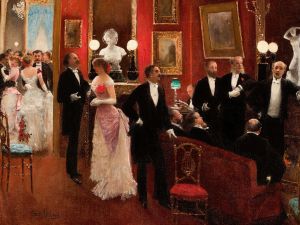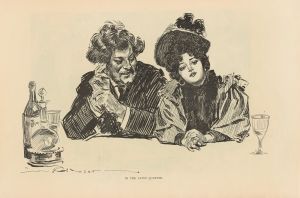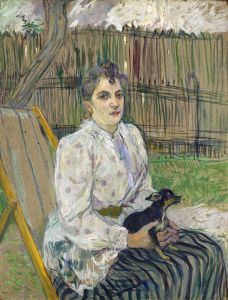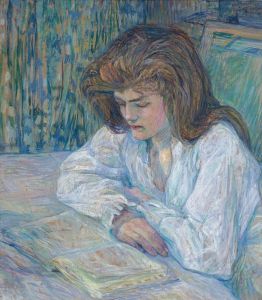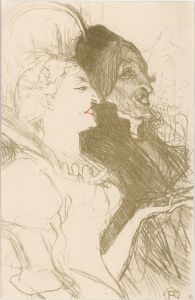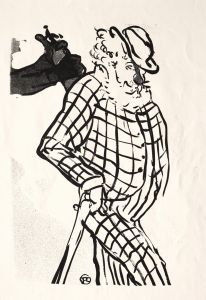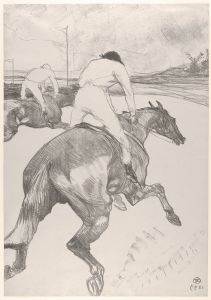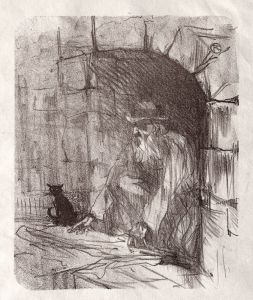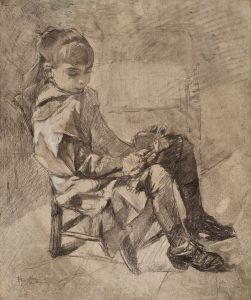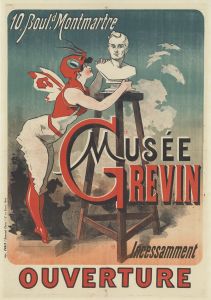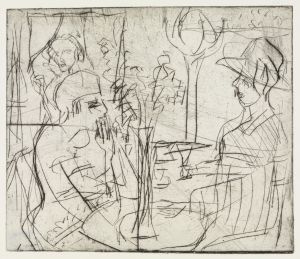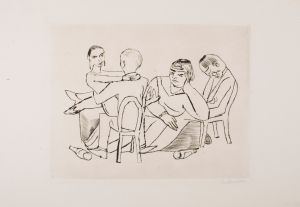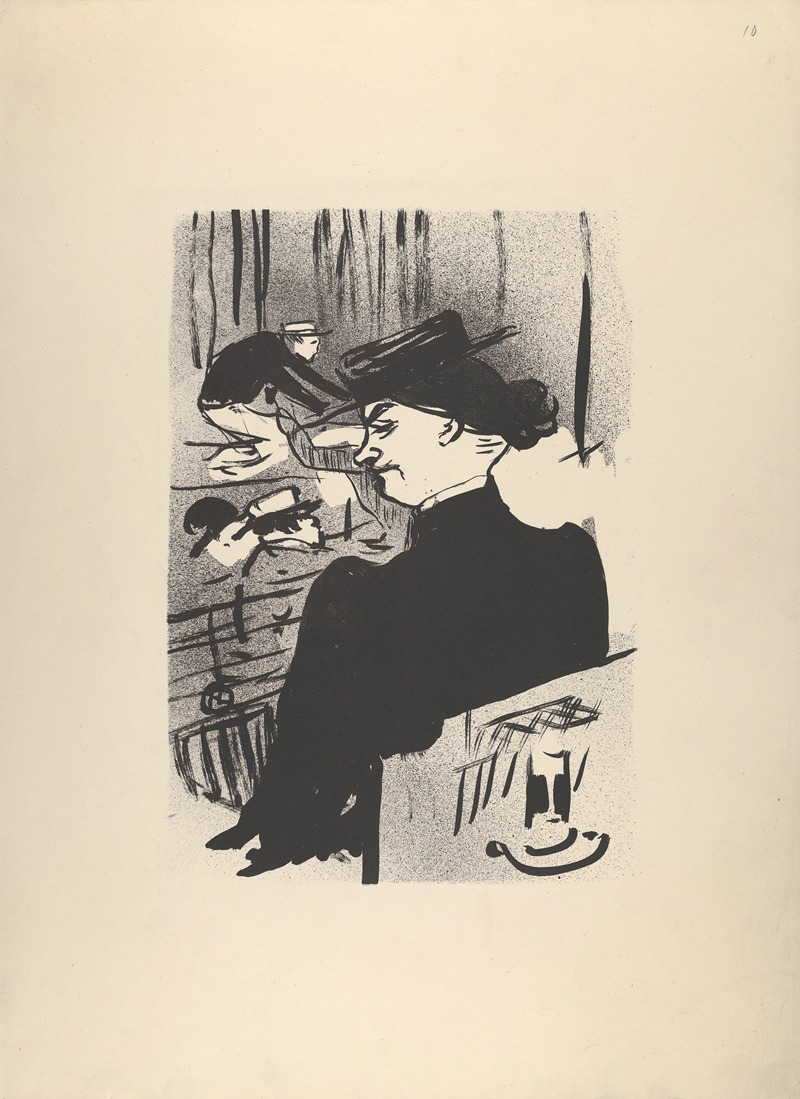
A Spectator
A hand-painted replica of Henri de Toulouse-Lautrec’s masterpiece A Spectator, meticulously crafted by professional artists to capture the true essence of the original. Each piece is created with museum-quality canvas and rare mineral pigments, carefully painted by experienced artists with delicate brushstrokes and rich, layered colors to perfectly recreate the texture of the original artwork. Unlike machine-printed reproductions, this hand-painted version brings the painting to life, infused with the artist’s emotions and skill in every stroke. Whether for personal collection or home decoration, it instantly elevates the artistic atmosphere of any space.
Henri de Toulouse-Lautrec, a prominent French painter, printmaker, and illustrator of the Post-Impressionist period, is known for his vivid depictions of Parisian nightlife in the late 19th century. Among his extensive body of work, the painting A Spectator is one of his lesser-known pieces. However, it reflects his characteristic style and focus on capturing human figures in candid, often intimate moments.
A Spectator portrays a single figure, presumably observing an event or scene, though the specific context of the painting is not documented. Toulouse-Lautrec was renowned for his ability to depict human expressions and body language with remarkable precision, and this work is no exception. The figure in the painting is rendered with a sense of immediacy and individuality, showcasing the artist's keen observational skills.
The painting is executed in Toulouse-Lautrec's signature style, which combines elements of Impressionism and Japanese ukiyo-e prints. His use of bold outlines, flattened perspectives, and a limited yet striking color palette is evident in this work. These stylistic choices contribute to the dynamic and modern feel of the painting, aligning with the broader artistic movements of the time.
Toulouse-Lautrec often drew inspiration from the vibrant social scenes of Paris, particularly the cabarets, theaters, and cafés of Montmartre. While the exact setting of A Spectator is not specified, it is consistent with his interest in capturing the essence of urban life and the individuals who inhabited it. The painting may reflect his fascination with the roles of observers and participants in social spaces, a recurring theme in his oeuvre.
The date of creation for A Spectator is not definitively recorded, but it likely falls within the period of Toulouse-Lautrec's most active years, between the late 1880s and the mid-1890s. During this time, he produced many of his most celebrated works, including posters, portraits, and genre scenes that documented the cultural vibrancy of Belle Époque Paris.
As with much of Toulouse-Lautrec's work, A Spectator demonstrates his innovative approach to composition and his ability to convey the personality and mood of his subjects. The painting serves as a testament to his enduring influence on modern art and his unique perspective on the world around him.
Further details about the provenance or current location of A Spectator are not widely available.





